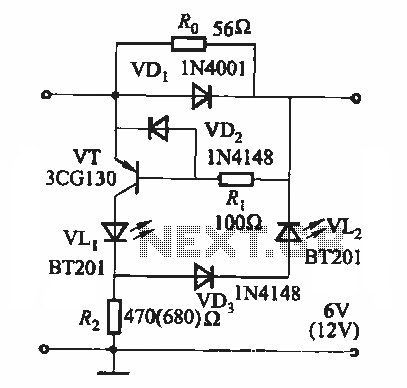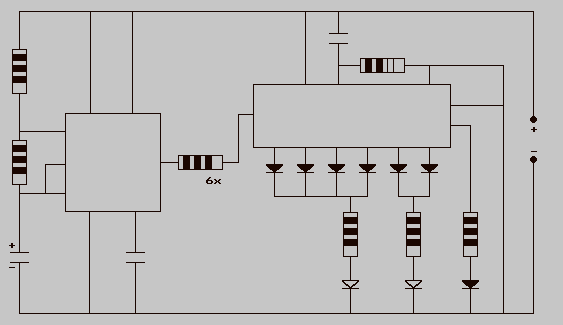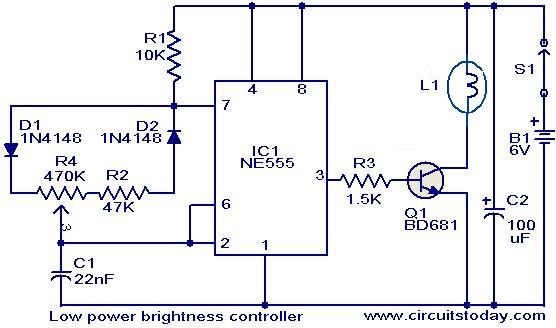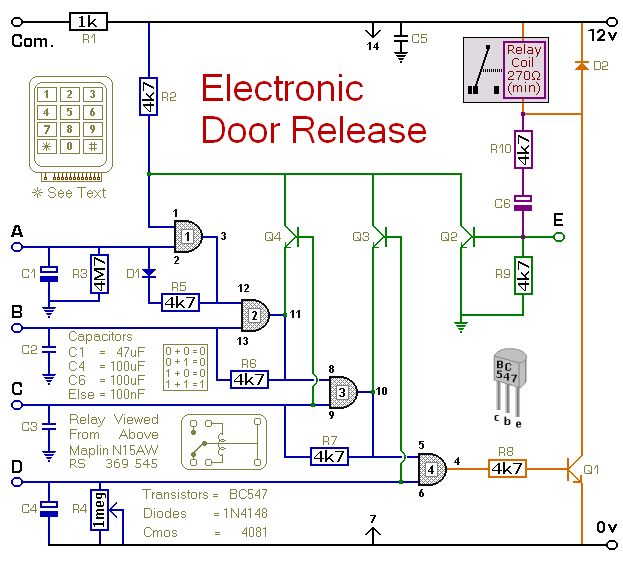
Monostable circuit diagram of a light control
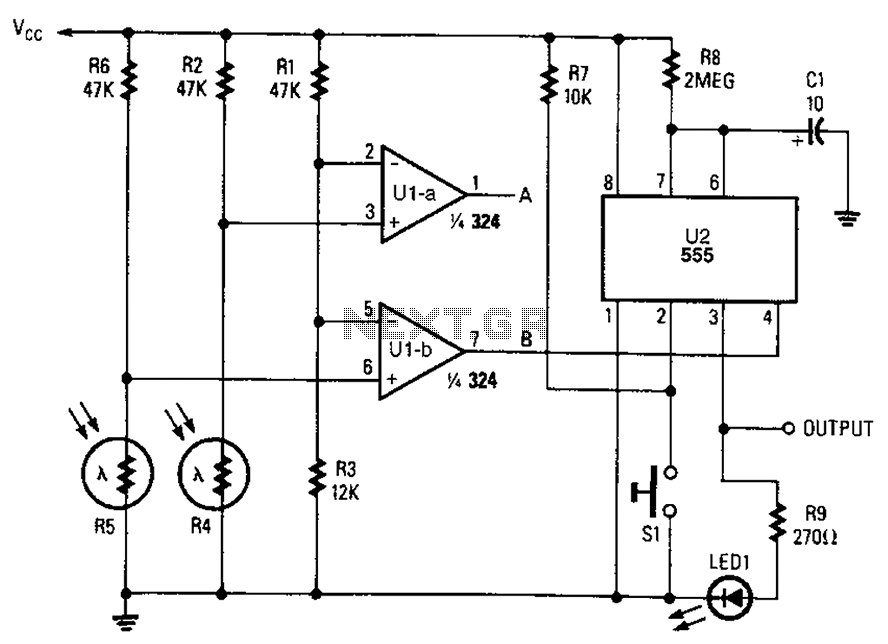
A combined monostable multivibrator using the 555 timer integrated circuit, along with a pair of light control comparators. This circuit can be utilized to control a load based on the timing parameters set within the circuit.
The circuit comprises a 555 timer configured in monostable mode, which generates a single output pulse in response to a triggering input. The duration of this pulse is determined by external resistors and capacitors connected to the timer. A pair of light control comparators are integrated into the design to monitor ambient light levels. These comparators provide the necessary feedback to the 555 timer, enabling or disabling its output based on the light conditions.
During daylight hours, the operation of the timer (U2) is disabled, ensuring that no output is generated. This prevents unnecessary power consumption by the load when ambient light is sufficient. As the light levels drop, the comparators detect the change and trigger the 555 timer, allowing it to produce an output pulse. The output can then be used to activate a load, such as a light fixture, ensuring that it operates only when required, thereby enhancing energy efficiency.
The circuit design allows for adjustable timing intervals, which can be fine-tuned by varying the resistor and capacitor values. This flexibility makes the circuit suitable for a variety of applications, including outdoor lighting systems, automatic night lights, and other scenarios where light level control is desired. The integration of the 555 timer with light control comparators provides a robust solution for automated load management based on environmental conditions. Combined monostable multivibrator 555 and a pair of light control and light control comparator monostable phase. Depending on the time of the circuit can be used to enable load device operation. During the day, the timer U2, is disabled, it does not produce any output. It produces no output.
The circuit comprises a 555 timer configured in monostable mode, which generates a single output pulse in response to a triggering input. The duration of this pulse is determined by external resistors and capacitors connected to the timer. A pair of light control comparators are integrated into the design to monitor ambient light levels. These comparators provide the necessary feedback to the 555 timer, enabling or disabling its output based on the light conditions.
During daylight hours, the operation of the timer (U2) is disabled, ensuring that no output is generated. This prevents unnecessary power consumption by the load when ambient light is sufficient. As the light levels drop, the comparators detect the change and trigger the 555 timer, allowing it to produce an output pulse. The output can then be used to activate a load, such as a light fixture, ensuring that it operates only when required, thereby enhancing energy efficiency.
The circuit design allows for adjustable timing intervals, which can be fine-tuned by varying the resistor and capacitor values. This flexibility makes the circuit suitable for a variety of applications, including outdoor lighting systems, automatic night lights, and other scenarios where light level control is desired. The integration of the 555 timer with light control comparators provides a robust solution for automated load management based on environmental conditions. Combined monostable multivibrator 555 and a pair of light control and light control comparator monostable phase. Depending on the time of the circuit can be used to enable load device operation. During the day, the timer U2, is disabled, it does not produce any output. It produces no output.

